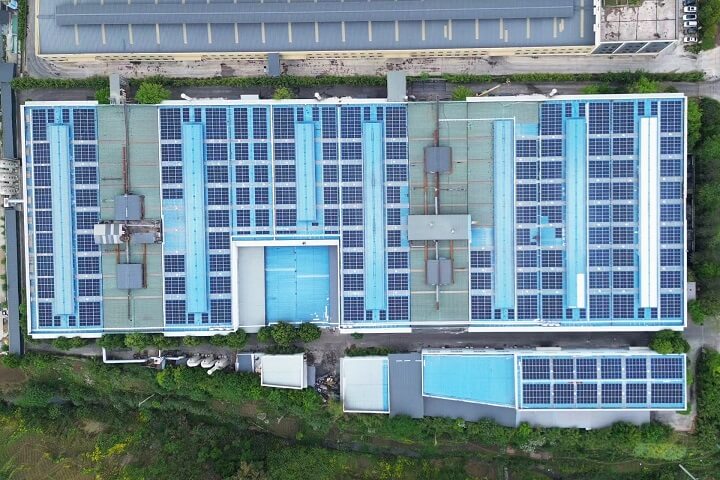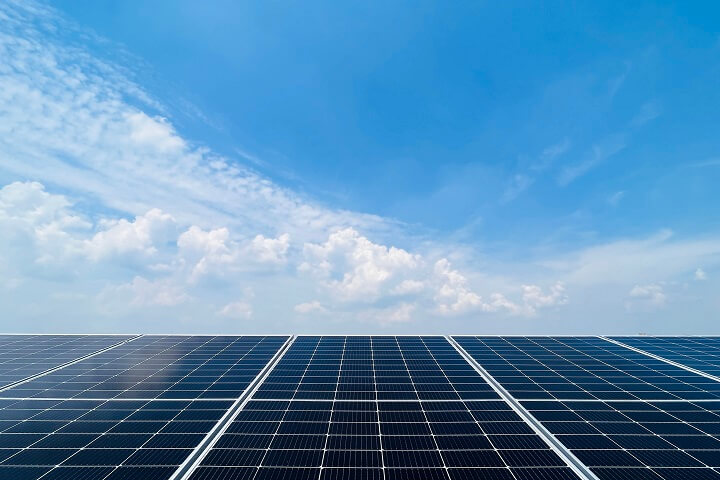////// Flexible PV Module Mfr
-
Our Businesses
Residential Projects

HG solar modules combine the best features of cell technologies to achieve best performance levels at your service, which ensures HG solar modules achieve maximum luminous efficiency under real, day to day conditions, even under cloudy skies.
Know MoreCommercial Projects

With proven track record of reliability, durability, and cost-effectiveness, HG solar modules provide with over 25 years effective working time; HG solar modules have paved the way for a sustainable and cleaner future for commercial usage.
Know MoreUtility Projects

HG solar module, stand through extreme weather conditions and acid-base climate, due to its incredible durability and intelligent design; HG solar modules are packed with features that have rapidly made them a favorite for solar modules around the globe utility projects.
Know More -
Locations
Welcome to HG Group
You are currently on the HG Group Global Website.
You can come and have a factory inspection visit, we are so gladly to introduce to you our most advanced production line in the world..
Supported by Google Maps
-
Contact Us
Contact Us
Do you have any queries about the products or company?
Please do not hesitate to submit your concern.

Factory Location: Chongqing, China
Your Inquiry (Boxes marked * are mandatory.)
A New Era in Solar Power is Here
R&D

With the growing global demand for clean energy, photovoltaic technology has become an important force in promoting the development of green energy. Among the many applications of photovoltaic technology, soft modules are gradually receiving widespread attention and research due to their unique advantages, such as lightness, flexibility, and easy installation. This article will conduct an in-depth discussion on the research and development of soft photovoltaic modules.
Since photovoltaic power generation has entered large-scale power station-level applications, manufacturers have gradually increased the size of cells and modules to further reduce production costs and increase production scale, and the power of conventional modules has increased from 100W to 700W. At the same time, the unit weight of conventional modules has also increased to 12.4kg/m2, and with the installation bracket, the overall weight reaches 16kg/m2. The roofs of some industrial plants, schools, hospitals and other buildings cannot withstand excessive loads, making it impossible to install conventional modules on these roofs. Therefore, how to reduce the weight of photovoltaic modules and make them suitable for more application scenarios has become the research and development direction of the photovoltaic industry. The most important point is to develop lightweight packaging materials that can replace glass, effectively reduce the excessive weight of photovoltaic modules caused by packaging, and make photovoltaic modules suitable for more application scenarios.
With the continuous exploration and research of photovoltaic researchers and the rapid development of science and technology, flexible solar modules have emerged. Flexible solar modules refer to photovoltaic modules with the characteristics of light weight, flexibility, and easy bending. These modules are usually made of flexible materials. They have good flexibility and adaptability and can adapt to various complex environments and conditions. They can be directly pasted on curtain walls and curved roofs with low load-bearing capacity. Flexible solar modules were first made of thin-film batteries. In recent years, with the development of crystalline silicon technology, polymer composite materials and modified polymer materials, new crystalline silicon flexible solar modules have gradually entered the market.
There are many kinds of soft modules in the market, and the flexible solar module industry is thriving. However, it is undeniable that there is still a certain gap between flexible solar modules and conventional modules. For example, conventional modules have 84.8% of power remaining after 25 years of use, while flexible solar modules have 80% of power remaining after 25 years. At the same time, the power generation efficiency of flexible modules produced by other manufacturers is less than 20%, and the power generation efficiency needs to be improved compared with conventional modules. Led by a group of leaders with more than 20 years of experience in the photovoltaic industry, HG Group has successfully increased the power generation efficiency of flexible solar modules to 21.2% through continuous research and optimization of packaging materials and improvements in structural design. At the same time, the power remaining after 25 years is 83.1%, which is significantly superior to other manufacturers. HG Group has raised the upper limit of flexible solar modules through independent research and development, and has been leading the flexible solar module track all the way. Even if it has been ahead of its peers for six months, HG Group has never stopped further research and development of lightweight & flexible solar modules. The ultimate goal is to improve the comprehensive performance of flexible solar modules to be equal to or even exceed that of conventional modules. The future research and development of flexible solar modules will inevitably be a thorny road, but HG Group will also use technology as a sword to cut through the thorns and continue to develop flexible solar modules with higher performance. HG GROUP's flexible solar modules are like light wings, carrying the hope of sustainable development and new energy.
Last Updated: June 5th, 2024


